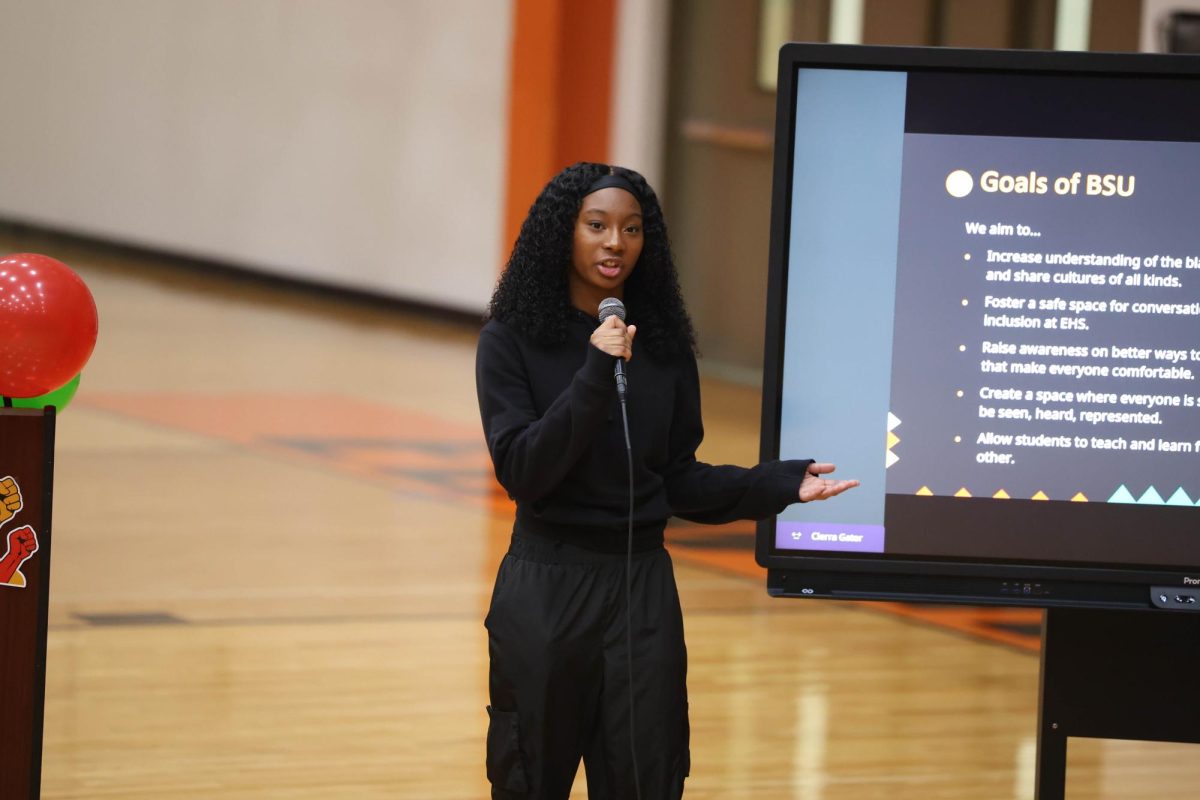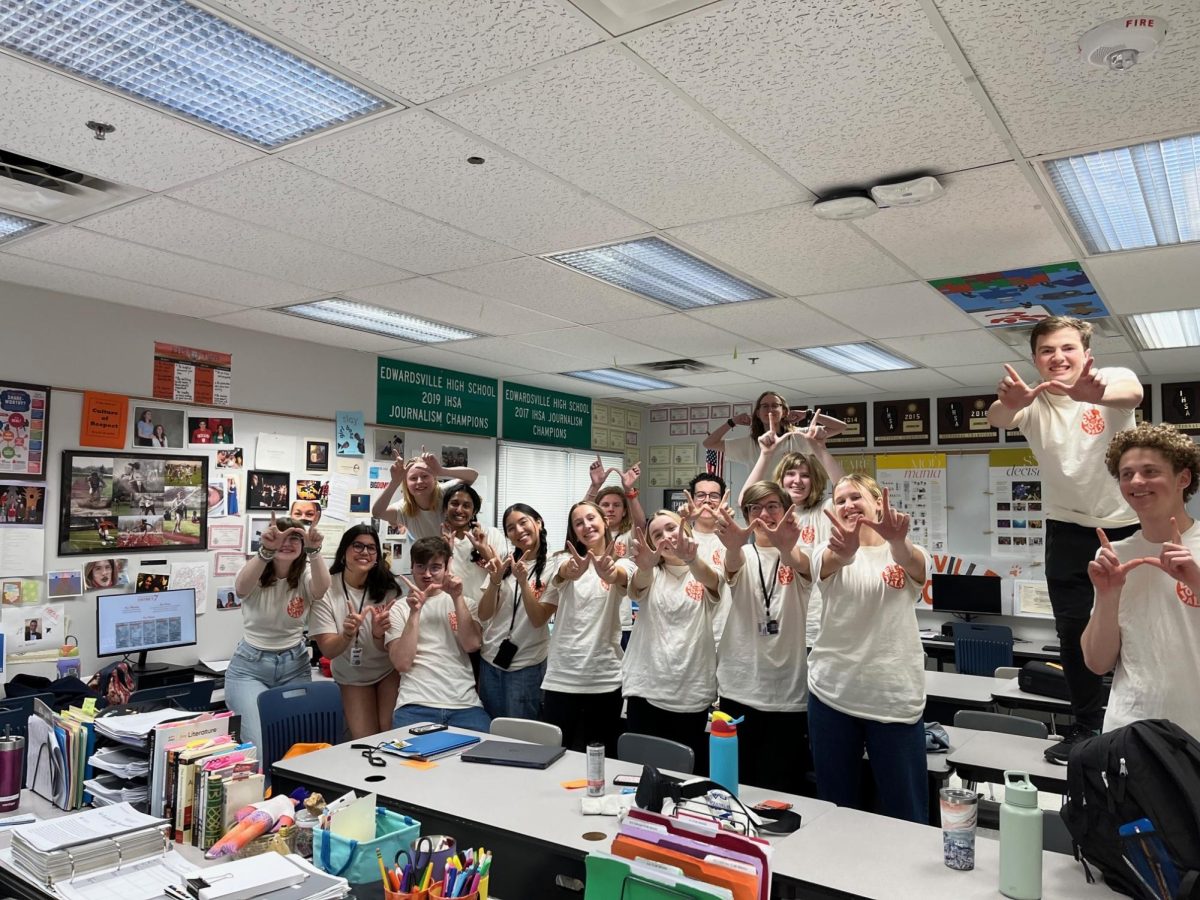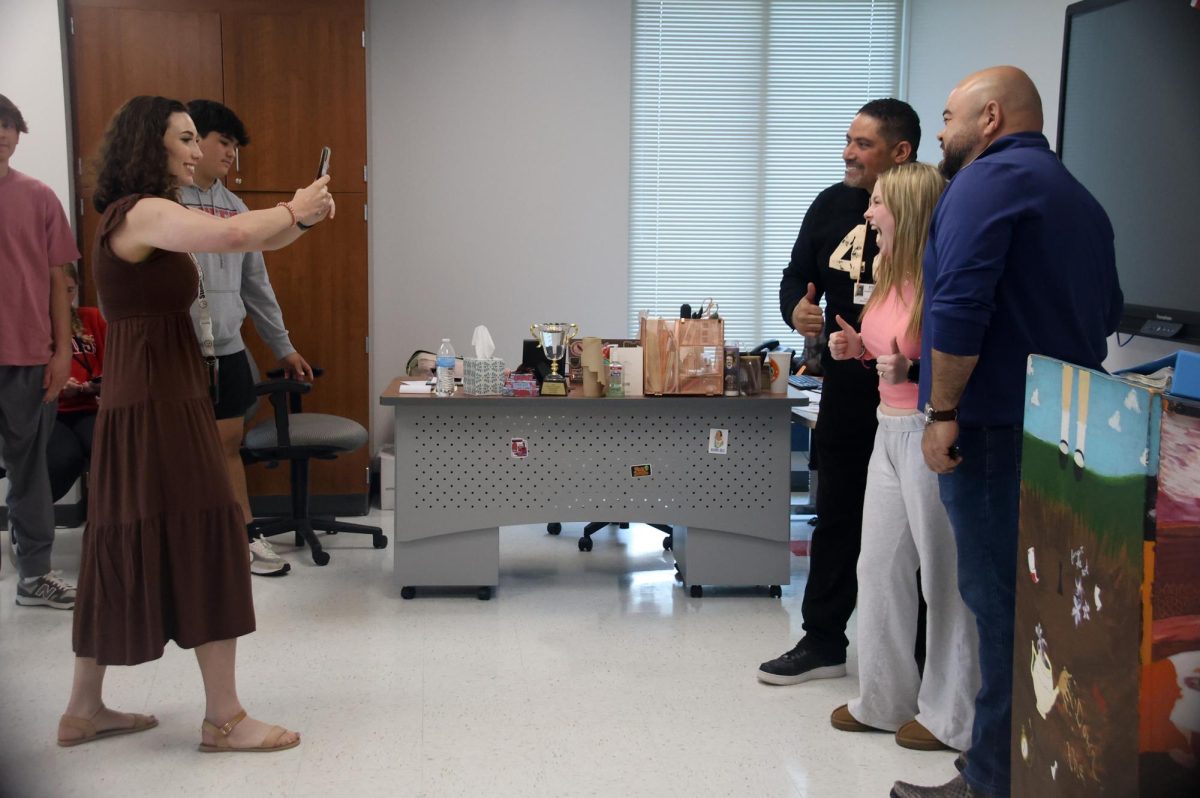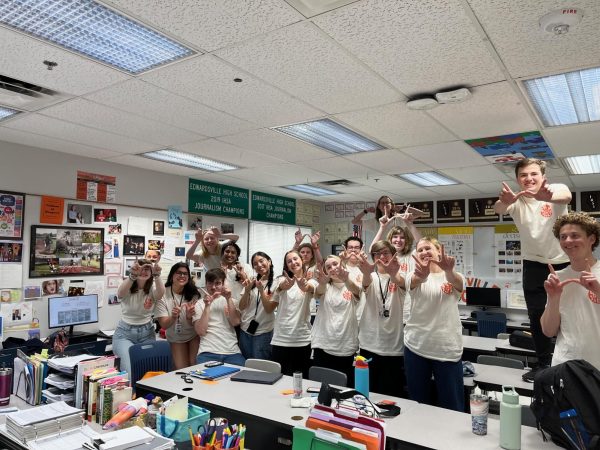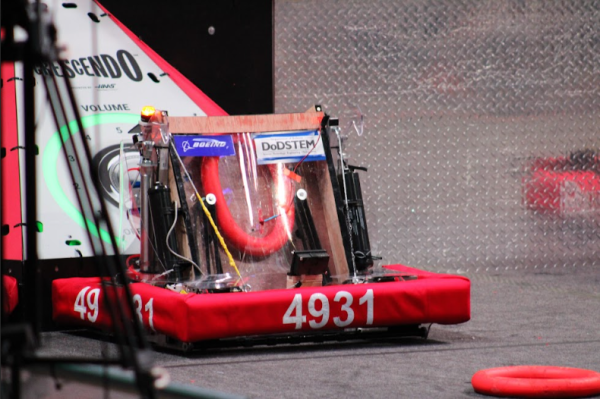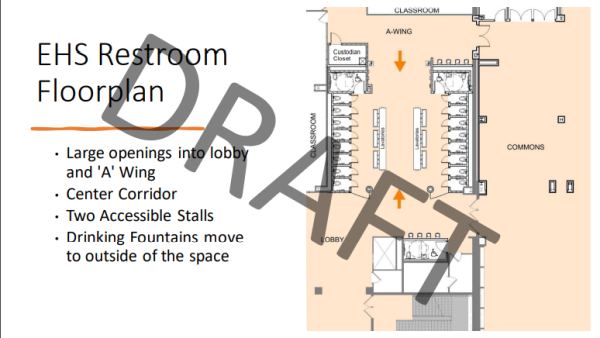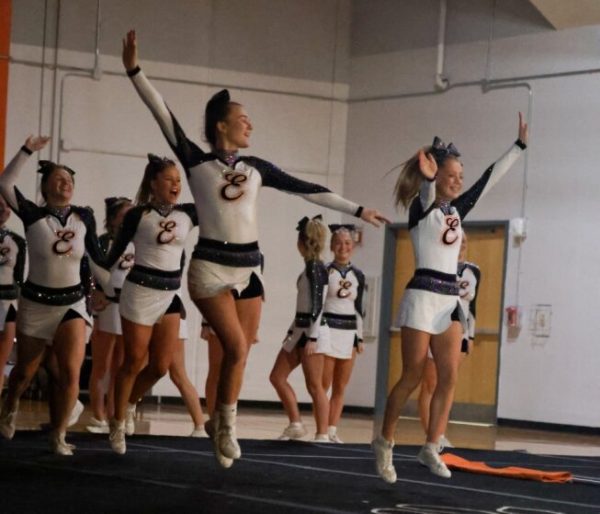False Alarm Spreads Fear Across Hawaiian Islands
January 18, 2018
Waves push and pull slowly, blue water lapping at the shoreline. A boy rides his bike down a winding hill, towards the lush green surrounding his house, excited to tell his mom a story.
Notifications flash up on phone screens and televisions. There are drills blasting, phones buzzing urgently, people gasping. The entire state of Hawaii seems to stop for a minute.
“BALLISTIC MISSILE THREAT INBOUND TO HAWAII,” the notification said. “SEEK IMMEDIATE SHELTER. THIS IS NOT A DRILL.”
This alert rings through, reaching 1.4 million Hawaiians and a steady flow of tourists.
The message, which was sent out the morning of Saturday Jan. 13, was an accident, according to Hawaii Emergency Management Agency spokesman Richard Ropoza in an interview with The Washington Post.
“In this case, the operator selected the wrong menu option,” Ropoza said.
Accidental or not, it caused statewide panic. Families across the islands rushed to say goodbye to their loved ones, often making final calls and texts in a panicked hurry.
Hawaiian resident Beth Ann Brooks described the fear that set in the second she’d seen the alarm to The Guardian. She was at the beach when it first sounded, but made it back home in order to spend—what she thought would be—her last moments with her family.
“We grabbed couch cushions and our hurricane kit and water and sat there talking to the kids and trying to calm them down,” Brooks said. “They didn’t say much. It was horrible. The fear I felt was unlike anything I’ve ever experienced.”
The hysteria lasted for 38 minutes until a second message was sent out confirming that the alert was false. This came as a relief, especially since the warning necessitated abundant supplies of water and food for each household.
Junior Josh Ohl, who only got back from a Hawaiian vacation in January of this year, knows that these requirements for survival would be hard to meet for most inhabitants.
“Someone who lives in Hawaii was telling us that they have alarms like our tornado sirens,” he said. “And when they go off, they need to be prepared to stay in a shelter for 14 straight days.”
In Illinois, a good 4,000 miles away from Hawaii, the alert seems distant to most. But for EHS students like Ohl and others who have visited the islands, the thought of an accidental alert hits too close to home.
Senior Grace Olsen arrived home from Hawaii in July of 2017 after over a month on the islands. The image of Hawaii is still so fresh in her mind that she understands how citizens must’ve thought that morning.
“You are on islands, so you can’t really go away quickly, and as far as shelter goes, you’re kind of exposed,” Olsen said.
For the citizens of Hawaii, the false alarm was a wake-up call. For some EHS students, it was a moment of reflection, a moment to realize the terror they avoided.
“. . . I would have gone into the hotel, whereever they tell us to go. Probably a basement,” Ohl said. “It would have been a scary moment.”


